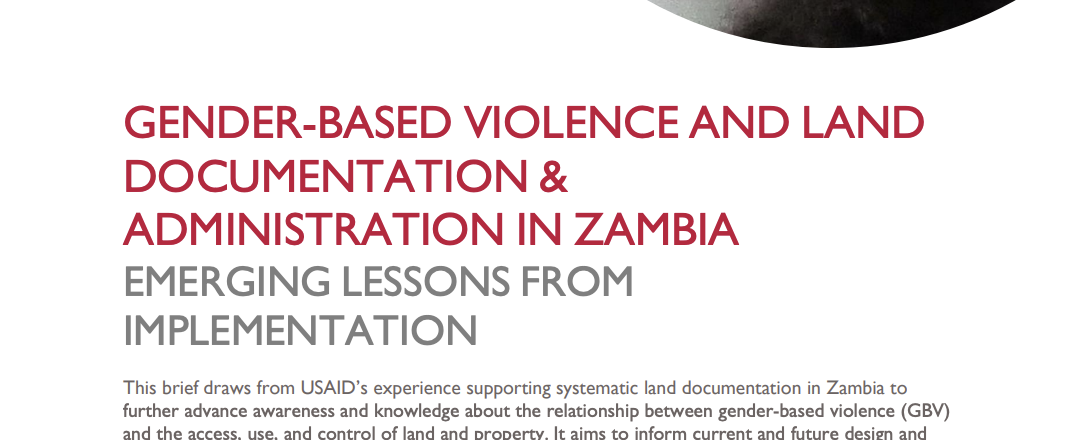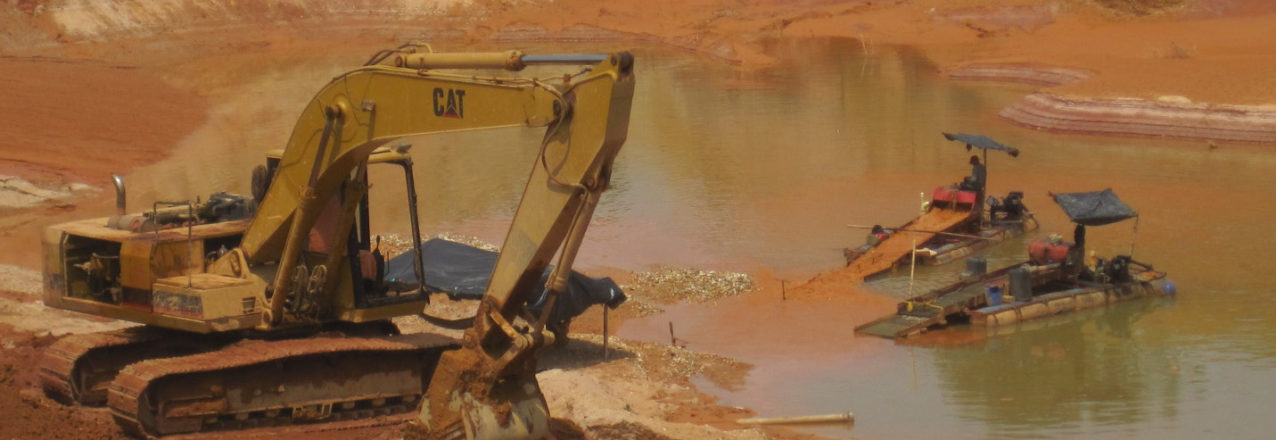USAID is securing and strengthening women’s land rights across the developing world. Owning land is central to determining household income and opportunity and can provide a powerful pathway to improved wellbeing, livelihoods, and self-reliance. Although women play a critical role in food production, they are less likely than men to own and control land. Forty percent of the world’s economies limit women’s property rights, and 44 of 191 countries do not provide female and male surviving spouses with equal rights to inherit assets.
According to a 2020 global survey, one in five women feels insecure about her land and property rights, and in some regions like Sub-Saharan Africa nearly one in every two women fears losing her land in the event of divorce or death of spouse.
WHY WOMEN’S LAND RIGHTS MATTER
Ownership and control over assets that support income lie at the very heart of women’s economic empowerment and their ability to contribute to local, national, and global economies. For most women, the most valuable of these assets are the land and natural resources from which they earn a living, provide for their families, and invest in their communities. Evidence suggests that increasing women’s access to land and natural resources, and participation in agricultural value chains can have a positive impact on women’s agency, household productivity and income, responsible spending, and food security1. According to the Food and Agriculture Organization of the United Nations, if women had the same access to productive resources as men, farm output would increase by 20 to 30 percent.
USAID’s Integrated Land and Resource Governance (ILRG) project and Land Evidence for Economic Rights, Gender and Empowerment (LEVERAGE) activity under the Communications, Evidence and Learning (CEL) project are strengthening women’s land rights and economic empowerment in countries in sub-Saharan Africa and Southern Asia. Improving women’s land rights is key to addressing barriers that restrict women’s ability to reach their full economic potential, while also contributing towards increasing women’s participation in the workforce and supporting to women’s entrepreneurship.
ACTIVITIES ON WOMEN’S LAND RIGHTS AND WOMEN’S ECONOMIC EMPOWERMENT
USAID’s goal is to improve women’s access to and control of land and natural resources for concrete economic, social, and political opportunities. Working with women, governments, traditional leaders, communities, and the private sector, USAID uses the following strategies:
SUPPORTING LAW AND POLICY REFORMS. Reforming legal frameworks to establish women’s rights to land and natural resources is one of the most effective ways to empower women at scale. USAID is working with governments and customary leaders at the national and local levels to adopt and implement laws and policies that promote women’s land rights. USAID is also raising awareness and providing legal literacy and access to justice for women, so they are able to access and benefit from existing rights.
GENDER INTEGRATION IN LAND DOCUMENTATION. USAID is promoting gender integration in systematic land documentation processes led by governments, civil society, or private sector actors, ensuring that women’s land rights are considered in all steps, from planning to final documentation of individual or community land. Awareness-raising and communications activities are encouraging women to register their rights. Gender integration tools and best practices will be shared with governments, international organizations, NGOs, and other donors for broader application in ongoing and future land documentation efforts.
GENDER AND SOCIAL NORMS CHANGE. USAID is providing training and promoting dialogues on harmful gender and social norms for customary leaders and communities to promote changes in gender bias that hinders women from gaining rights and control over land and natural resources. USAID is also promoting gender norms change within households to enhance women’s participation in decision-making, promote collaboration within families, and mitigate gender-based violence.
AGENCY-BASED EMPOWERMENT FOR WOMEN. USAID is providing women with the skills, knowledge, and resources to meaningfully participate in decision-making and governance related to land and natural resources and to engage in agricultural value chains. Increased agency enables women to leverage secure land rights to access financing, agricultural extension, and employment in the wildlife and forestry sectors.
PRIVATE SECTOR ENGAGEMENT. Partnerships with national and multinational companies are developing policies for gender-responsive land-based investment and business practices that reach, benefit, and empower women in different agricultural value chains. USAID is contributing to the growing evidence base on the business case for women’s economic empowerment. Including women in value chains has positive impacts not only for women, their families, and communities, but also on key business performance indicators like agricultural yield, productivity, and quality of production.
GATHERING AND DISSEMINATING EVIDENCE, BEST PRACTICES, AND LESSONS LEARNED. Extensive impact and performance evaluations of past and ongoing projects will produce a rich body of evidence to inform governments, donors, and other stakeholders in developing new policies and programs to effectively strengthen women’s rights and translate them into sustainable social and economic empowerment.
SELECTED WOMEN’S LAND RIGHTS ACTIVITIES
 Ethiopia: USAID is utilizing key evaluation findings to inform policy reform and land programming in Ethiopia. An impact evaluation of the Ethiopia Land Tenure Administration Program (ELTAP) and Ethiopia Land Administration (ELAP) programs will provide critical data on the sustainability of land certification outcomes over the long term, particularly for women. The findings will inform the Government of Ethiopia’s ongoing approach to land certification, identify land-related constraints and opportunities to women’s economic empowerment, and suggest complementary interventions that could be undertaken by the government or donors to harness longer-term, positive economic benefits for women.
Ethiopia: USAID is utilizing key evaluation findings to inform policy reform and land programming in Ethiopia. An impact evaluation of the Ethiopia Land Tenure Administration Program (ELTAP) and Ethiopia Land Administration (ELAP) programs will provide critical data on the sustainability of land certification outcomes over the long term, particularly for women. The findings will inform the Government of Ethiopia’s ongoing approach to land certification, identify land-related constraints and opportunities to women’s economic empowerment, and suggest complementary interventions that could be undertaken by the government or donors to harness longer-term, positive economic benefits for women.
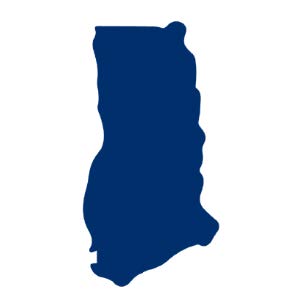 Ghana: Women in cocoa farming often have less access to land and other productive resources, less decision-making power within households and communities, and are less able to enjoy social and economic benefits related to cocoa production. USAID is partnering with ECOM Agro- industrial Corp., a leading global commodity trading company, and chocolate brands to empower women farmers in the cocoa value chain. Building upon USAID’s previous work Ghana, activities will strengthen companies’ policies and practices to engage with women and increase their access to and control of productive resources. This will lead to increased improved livelihoods, diversified incomes, and greater resilience for women in cocoa communities, as well as a more productive and inclusive cocoa sector in Ghana.
Ghana: Women in cocoa farming often have less access to land and other productive resources, less decision-making power within households and communities, and are less able to enjoy social and economic benefits related to cocoa production. USAID is partnering with ECOM Agro- industrial Corp., a leading global commodity trading company, and chocolate brands to empower women farmers in the cocoa value chain. Building upon USAID’s previous work Ghana, activities will strengthen companies’ policies and practices to engage with women and increase their access to and control of productive resources. This will lead to increased improved livelihoods, diversified incomes, and greater resilience for women in cocoa communities, as well as a more productive and inclusive cocoa sector in Ghana.
 India: USAID is partnering with PepsiCo in West Bengal to reach, benefit, and empower women in the potato value chain. By strengthening women farmers’ land rights, access to technical agronomic training and direct engagement with PepsiCo, women farmers, women will access improved employment and entrepreneurial opportunities in the potato supply chain, increasing their income and economic resilience. The partnership is demonstrating how women’s empowerment can lead to the adoption of sustainable farming practices, resulting in improved potato yields and net profitability for rural women and positively impacting PepsiCo’s bottom line.
India: USAID is partnering with PepsiCo in West Bengal to reach, benefit, and empower women in the potato value chain. By strengthening women farmers’ land rights, access to technical agronomic training and direct engagement with PepsiCo, women farmers, women will access improved employment and entrepreneurial opportunities in the potato supply chain, increasing their income and economic resilience. The partnership is demonstrating how women’s empowerment can lead to the adoption of sustainable farming practices, resulting in improved potato yields and net profitability for rural women and positively impacting PepsiCo’s bottom line.
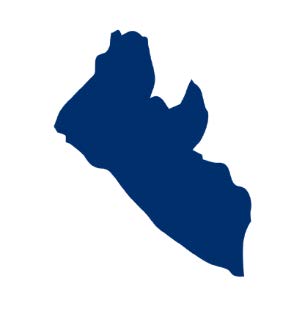 Liberia: USAID is supporting community lands protection (CLP) processes across 35 communities in Liberia. USAID’s socially inclusive Mobile Applications to Secure Tenure (MAST) approach will be used for boundary harmonization, so that communities can address any land conflicts and formally register customary land. Through an impact evaluation of the Community Land Protection Program, USAID is also providing evidence on how inclusive community land governance affects gender norms and women’s decision-making power. Evaluation findings will be used to inform current and future land reform processes in the country and the implementation of the 2018 Liberia Land Rights Act. USAID is partnering with Landesa Liberia to provide community-level education on women’s land rights to ensure that women are included and meaningfully participate in community self-identification, adoption of by-laws, and inclusive community land governance.
Liberia: USAID is supporting community lands protection (CLP) processes across 35 communities in Liberia. USAID’s socially inclusive Mobile Applications to Secure Tenure (MAST) approach will be used for boundary harmonization, so that communities can address any land conflicts and formally register customary land. Through an impact evaluation of the Community Land Protection Program, USAID is also providing evidence on how inclusive community land governance affects gender norms and women’s decision-making power. Evaluation findings will be used to inform current and future land reform processes in the country and the implementation of the 2018 Liberia Land Rights Act. USAID is partnering with Landesa Liberia to provide community-level education on women’s land rights to ensure that women are included and meaningfully participate in community self-identification, adoption of by-laws, and inclusive community land governance.
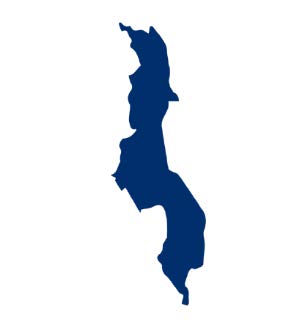 Malawi: Malawi’s government adopted a slate of land reform laws in 2016 and is now on track to begin large-scale national land registration efforts, paving the way for increased farm investment and supply chain opportunities. USAID will work with the government and other donors to develop an approach for gender integration in systematic land documentation, ensuring that women have their land rights documented and participate in land governance. This approach will allow millions of women to enjoy secure rights to land as a building block for entrepreneurial, farm-based investment and successful small businesses.
Malawi: Malawi’s government adopted a slate of land reform laws in 2016 and is now on track to begin large-scale national land registration efforts, paving the way for increased farm investment and supply chain opportunities. USAID will work with the government and other donors to develop an approach for gender integration in systematic land documentation, ensuring that women have their land rights documented and participate in land governance. This approach will allow millions of women to enjoy secure rights to land as a building block for entrepreneurial, farm-based investment and successful small businesses.
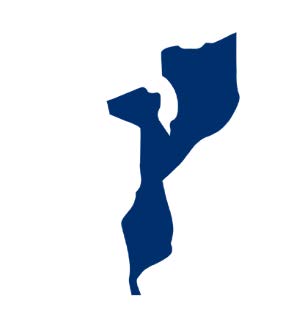 Mozambique: USAID is working with three major national and international companies in Mozambique to develop and implement gender-responsive practices for land-based investment, return of land to local communities, and engagement with smallholder farmers through ingrower and outgrower schemes. The activity will promote gender-informed community land delimitation and registration, as well as corporate policies to reach, benefit, and empower women farmers. USAID is working with partnering with Centro Terra Viva, to strengthen the capacity of their community paralegal network that educates rural communities on their land rights and will solicit their input on the draft national land policy.
Mozambique: USAID is working with three major national and international companies in Mozambique to develop and implement gender-responsive practices for land-based investment, return of land to local communities, and engagement with smallholder farmers through ingrower and outgrower schemes. The activity will promote gender-informed community land delimitation and registration, as well as corporate policies to reach, benefit, and empower women farmers. USAID is working with partnering with Centro Terra Viva, to strengthen the capacity of their community paralegal network that educates rural communities on their land rights and will solicit their input on the draft national land policy.
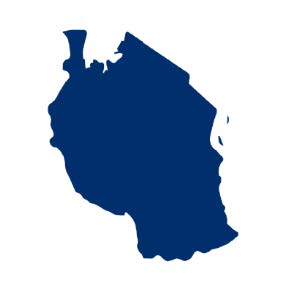 Tanzania: USAID is producing evidence to fill critical knowledge gaps related to how customary land documentation affects women’s economic empowerment in Tanzania, focused on the role of women’s groups and financial institutions. A targeted study of USAID’s Land Tenure Assistance Activity will examine the outcomes of efforts to strengthen credit opportunities and to develop new loan products for women. This will provide actionable findings for the government, donors, and implementing partners on how to best support women in leveraging their land rights for tangible economic opportunities. USAID is partnering with Landesa Tanzania to launch a community radio program that will educate rural communities on women’s land rights and effectively using Certificates of Customary Rights of Occupancy.
Tanzania: USAID is producing evidence to fill critical knowledge gaps related to how customary land documentation affects women’s economic empowerment in Tanzania, focused on the role of women’s groups and financial institutions. A targeted study of USAID’s Land Tenure Assistance Activity will examine the outcomes of efforts to strengthen credit opportunities and to develop new loan products for women. This will provide actionable findings for the government, donors, and implementing partners on how to best support women in leveraging their land rights for tangible economic opportunities. USAID is partnering with Landesa Tanzania to launch a community radio program that will educate rural communities on women’s land rights and effectively using Certificates of Customary Rights of Occupancy.
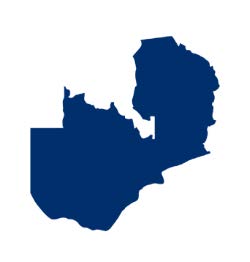 Zambia: USAID’s WEE activities in Zambia support a multi-layered approach to strengthening the enabling environment for women’s land rights within customary systems. Using low-cost and accessible approaches, USAID will document land rights for 20,000 women in Zambia for the first time and tens of thousands of youth will have their names registered as persons of interest on land certificates to promote non-discriminatory inheritance practices. USAID is partnering with customary leaders at the national and local levels to champion women’s land rights and participation in land governance. Women are being supported to leverage secure land rights to access financing, showing that land rights are a viable path to long-term economic opportunities. USAID is also supporting women to have greater decision-making power and economic opportunities in the wildlife and forestry sectors, so they can access positions that have been historically biased against women, such as wildlife scouts and honorary forest officers. An impact evaluation of the Tenure and Global Climate Change program will contribute to the evidence on how land certification translates into tangible economic opportunities for women.
Zambia: USAID’s WEE activities in Zambia support a multi-layered approach to strengthening the enabling environment for women’s land rights within customary systems. Using low-cost and accessible approaches, USAID will document land rights for 20,000 women in Zambia for the first time and tens of thousands of youth will have their names registered as persons of interest on land certificates to promote non-discriminatory inheritance practices. USAID is partnering with customary leaders at the national and local levels to champion women’s land rights and participation in land governance. Women are being supported to leverage secure land rights to access financing, showing that land rights are a viable path to long-term economic opportunities. USAID is also supporting women to have greater decision-making power and economic opportunities in the wildlife and forestry sectors, so they can access positions that have been historically biased against women, such as wildlife scouts and honorary forest officers. An impact evaluation of the Tenure and Global Climate Change program will contribute to the evidence on how land certification translates into tangible economic opportunities for women.
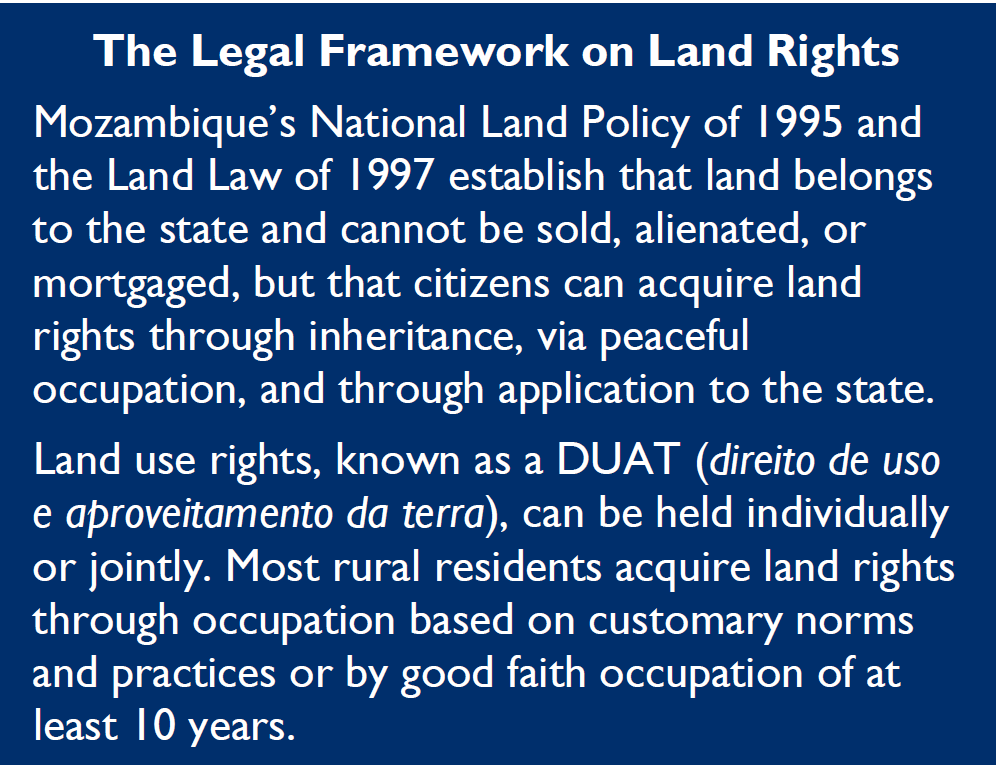 The United States Agency for International Development (USAID)-funded Integrated Land and Resource Governance (ILRG) program improves land tenure security for women and youth as part of broad-based economic empowerment. In 2020, ILRG’s Mozambique team assessed gender and youth relationships and decision-making structures regarding land access and use in a matrilineal context in Zambézia Province. The lessons learned in the assessment help clarify how gender and age inequalities interact with the process of delimitation of land boundaries and confirmation of land rights, as well as women’s and men’s land use and tenure security. The findings presented in this brief can guide decision-makers to design appropriate gender and youth-responsive activities and materials.
The United States Agency for International Development (USAID)-funded Integrated Land and Resource Governance (ILRG) program improves land tenure security for women and youth as part of broad-based economic empowerment. In 2020, ILRG’s Mozambique team assessed gender and youth relationships and decision-making structures regarding land access and use in a matrilineal context in Zambézia Province. The lessons learned in the assessment help clarify how gender and age inequalities interact with the process of delimitation of land boundaries and confirmation of land rights, as well as women’s and men’s land use and tenure security. The findings presented in this brief can guide decision-makers to design appropriate gender and youth-responsive activities and materials.

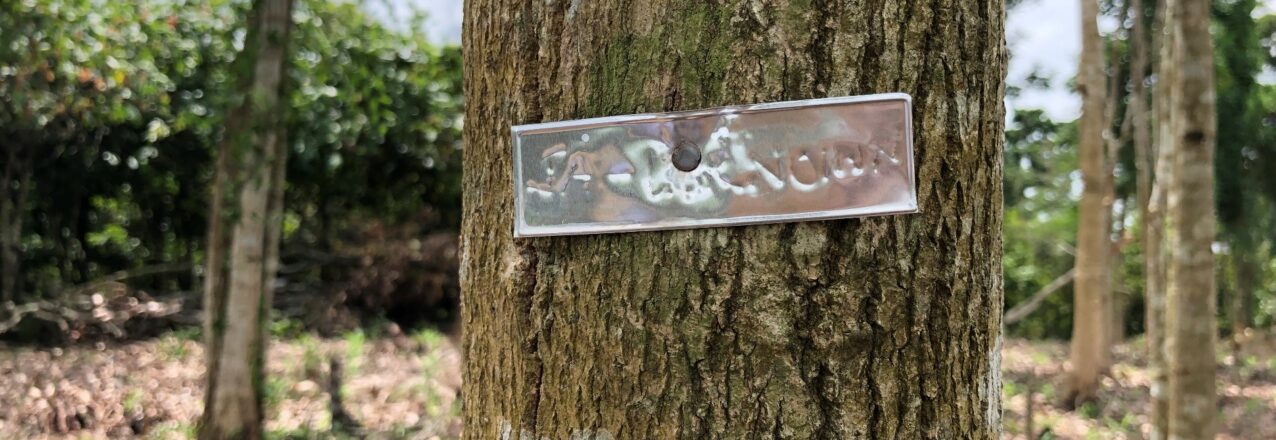
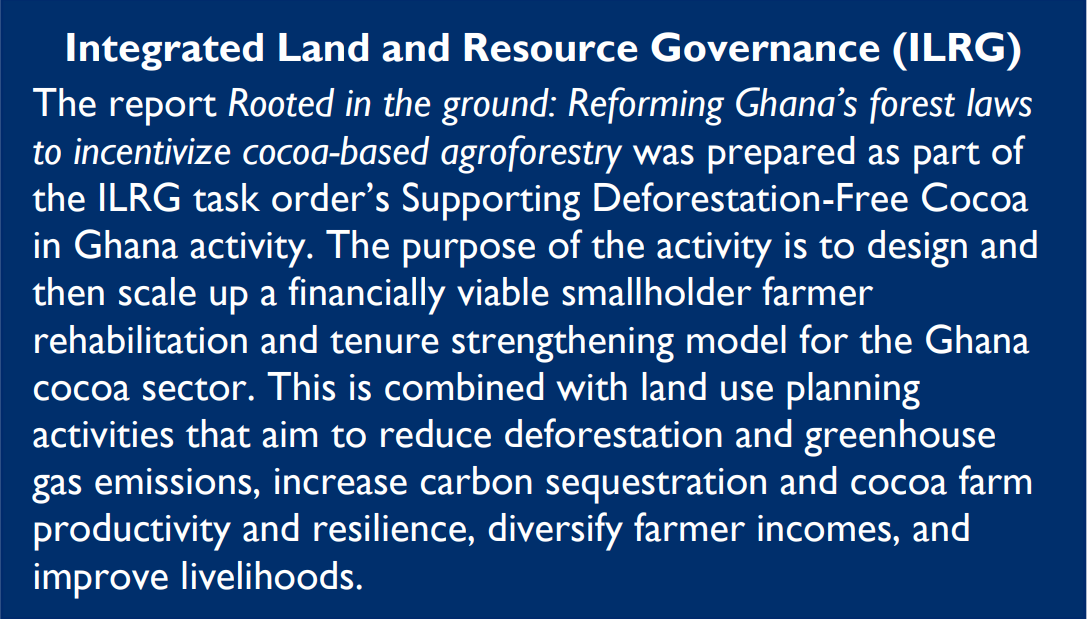 Ghana is the world’s second largest cocoa producer, and cocoa plays a critically important role in the economy with an estimated 30 percent of Ghana’s population dependent on cocoa for part or all their livelihoods. However, the cocoa sector is in trouble and smallholder cocoa production does not provide a reliable livelihood or ensure a healthy and sustainable ecosystem.
Ghana is the world’s second largest cocoa producer, and cocoa plays a critically important role in the economy with an estimated 30 percent of Ghana’s population dependent on cocoa for part or all their livelihoods. However, the cocoa sector is in trouble and smallholder cocoa production does not provide a reliable livelihood or ensure a healthy and sustainable ecosystem.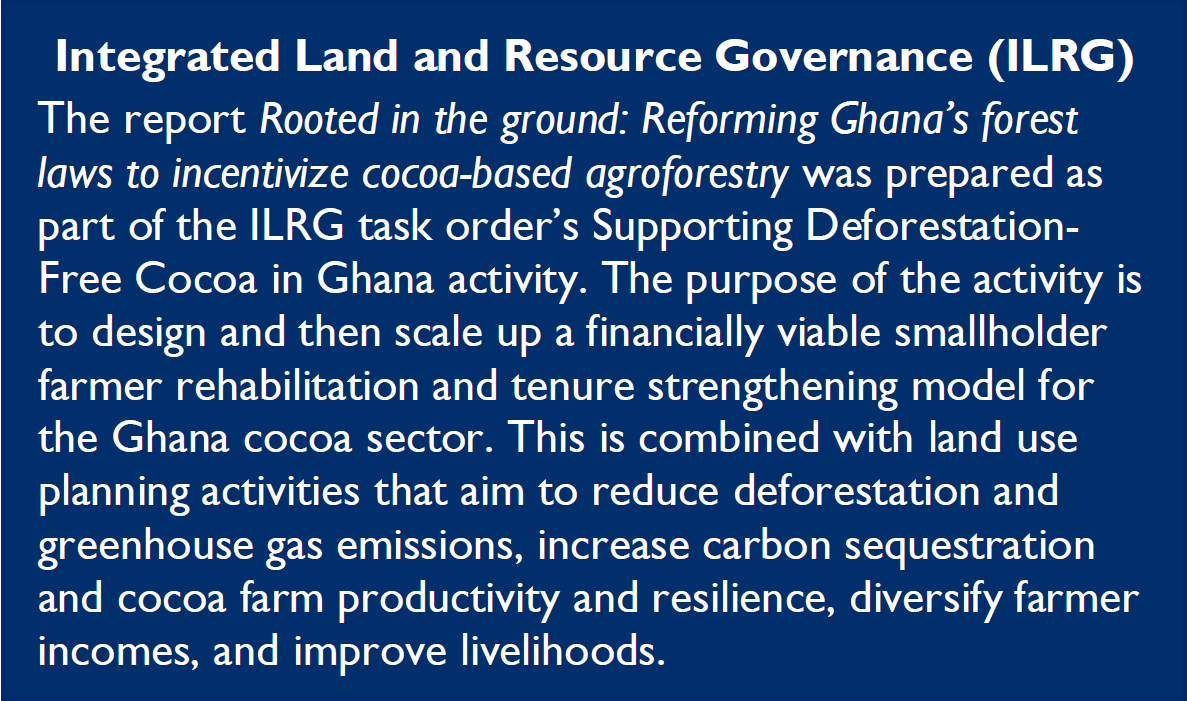 Ghana is the world’s second largest cocoa producer, and cocoa plays a critically important role in the economy with an estimated 30 percent of Ghana’s population dependent on cocoa for part or all their livelihoods. However, the cocoa sector is in trouble and smallholder cocoa production does not provide a reliable livelihood or ensure a healthy and sustainable ecosystem.
Ghana is the world’s second largest cocoa producer, and cocoa plays a critically important role in the economy with an estimated 30 percent of Ghana’s population dependent on cocoa for part or all their livelihoods. However, the cocoa sector is in trouble and smallholder cocoa production does not provide a reliable livelihood or ensure a healthy and sustainable ecosystem.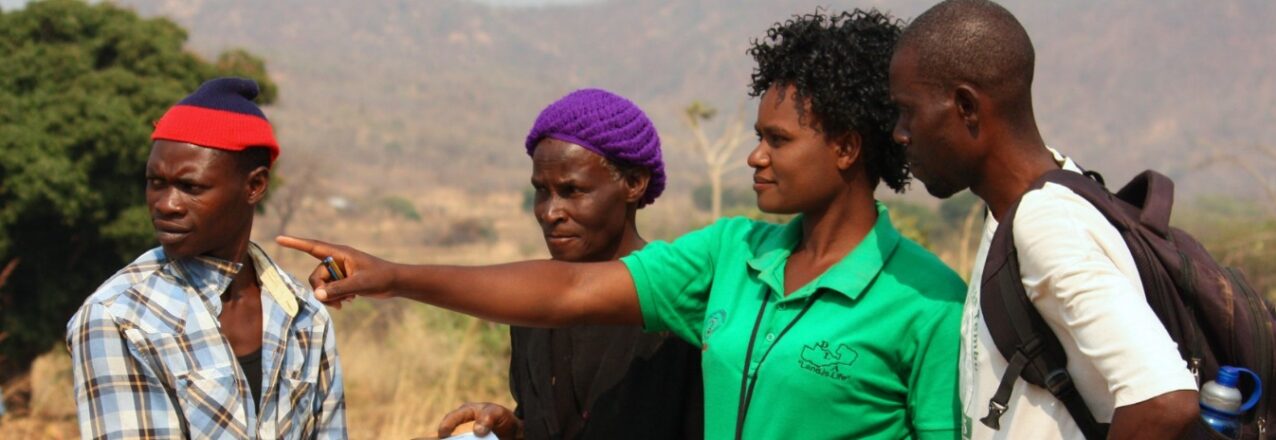
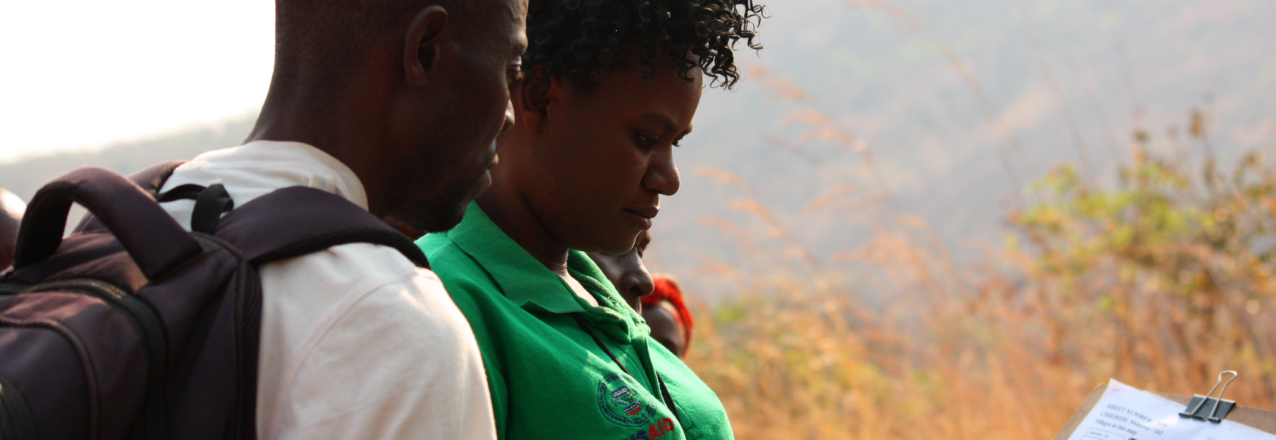
 Ethiopia:
Ethiopia: Ghana:
Ghana: India:
India: Liberia:
Liberia: Malawi:
Malawi: Mozambique:
Mozambique: Tanzania:
Tanzania: Zambia:
Zambia: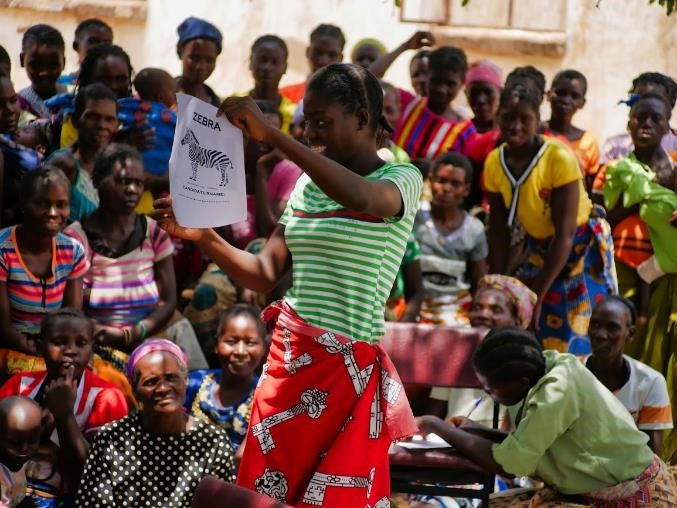 Wildlife conservation and natural resource management are critical areas for economic development in Zambia, yet women still have limited opportunities for participation in community-level governance. In October 2020, the United States Agency for International Development-funded Integrated Land and Resource Governance (ILRG) program led a pilot initiative to empower women during the elections for community resources board (CRB) positions in four chiefdoms (Mukungule, Nabwalya, Chikwa, and Chifunda) around North Luangwa National Park, in partnership with the Department of National Parks and Wildlife (DNPW), Frankfurt Zoological Society (FZS), and the Zambia Community Resources Board Association (ZCRBA). The objective was to increase the number of women participating in CRB elections, with the ultimate goal of drawing lessons learned and best practices to promote greater gender equality in policies and programs related to community natural resource governance in Zambia. This brief summarizes the strategies used to empower women, the results, and the challenges and opportunities for scaling up gender-responsive approaches to community resource governance.
Wildlife conservation and natural resource management are critical areas for economic development in Zambia, yet women still have limited opportunities for participation in community-level governance. In October 2020, the United States Agency for International Development-funded Integrated Land and Resource Governance (ILRG) program led a pilot initiative to empower women during the elections for community resources board (CRB) positions in four chiefdoms (Mukungule, Nabwalya, Chikwa, and Chifunda) around North Luangwa National Park, in partnership with the Department of National Parks and Wildlife (DNPW), Frankfurt Zoological Society (FZS), and the Zambia Community Resources Board Association (ZCRBA). The objective was to increase the number of women participating in CRB elections, with the ultimate goal of drawing lessons learned and best practices to promote greater gender equality in policies and programs related to community natural resource governance in Zambia. This brief summarizes the strategies used to empower women, the results, and the challenges and opportunities for scaling up gender-responsive approaches to community resource governance.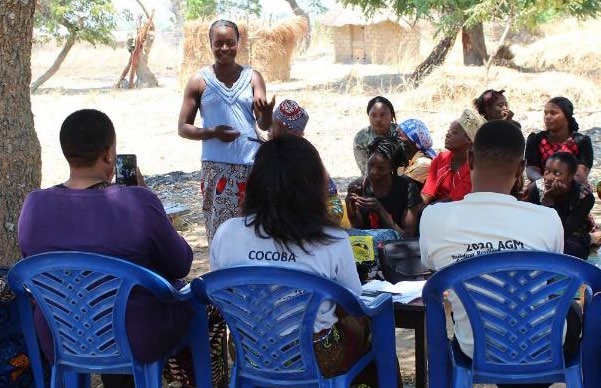
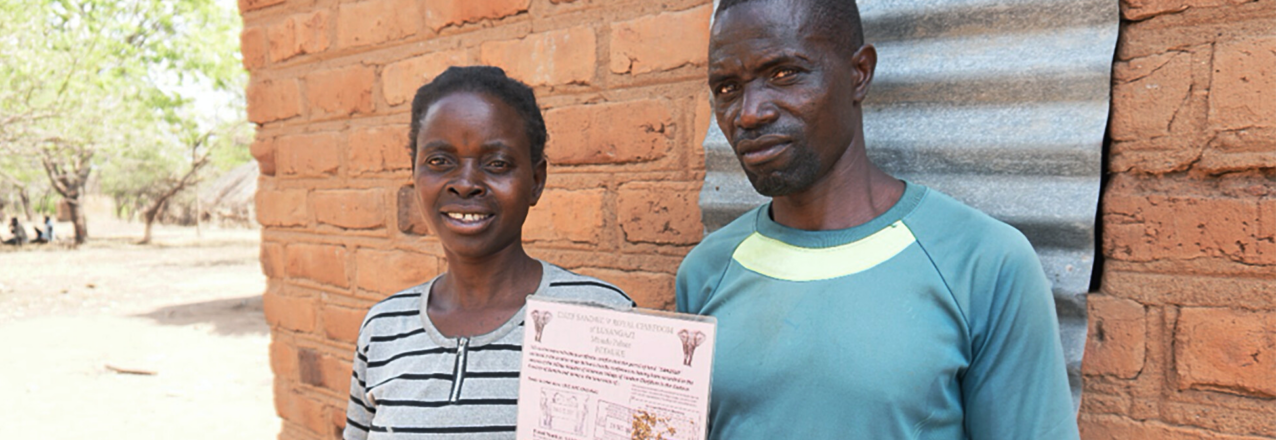
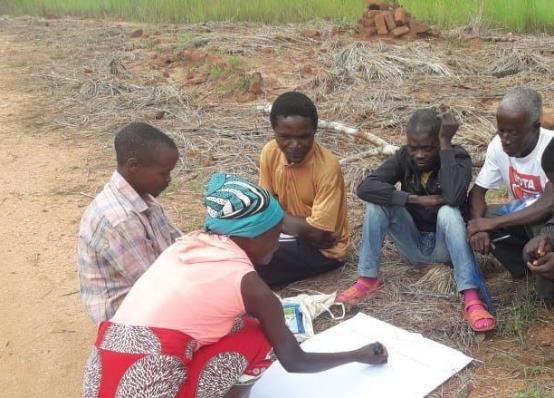 This learning brief captures some lessons learned from practical implementation of the Mobile Approaches to Secure Tenure (MAST) approach, known as Community Value Land Chain (CaVaTeCo) in Mozambique. These lessons were provided by staff of field teams and the back office technical support team, based on experience in the Integrated Land and Resources Governance (ILRG)1 program financed by the United States Agency for International Development (USAID) and the Land: Enhancing Governance for Economic Development (LEGEND) program funded by the UK Department for International Development (DFID). This brief has sections on issues related to: management and support for implementing organizations; working with communities and associations; using the technology; and back office technical support. Other documents will reflect lessons on issues such as the size and distribution of land holdings, gender and land rights, and implications for policy.
This learning brief captures some lessons learned from practical implementation of the Mobile Approaches to Secure Tenure (MAST) approach, known as Community Value Land Chain (CaVaTeCo) in Mozambique. These lessons were provided by staff of field teams and the back office technical support team, based on experience in the Integrated Land and Resources Governance (ILRG)1 program financed by the United States Agency for International Development (USAID) and the Land: Enhancing Governance for Economic Development (LEGEND) program funded by the UK Department for International Development (DFID). This brief has sections on issues related to: management and support for implementing organizations; working with communities and associations; using the technology; and back office technical support. Other documents will reflect lessons on issues such as the size and distribution of land holdings, gender and land rights, and implications for policy.